
4 minute read
Sources
Admin, P. B. (2015, August 31). Retrieved April 06, 2017, from http://www.ramjack.com/blog/2015/ august/different-soils-how-they-affect-foundations/
Ali, M., & Stevens, L. (2009). Integrated approaches to promoting sanitation: A case study of Faridpur, Bangladesh. Desalination, 248(1-3), 1-7.
Berg, M., Stengel, C., Trang, P., Hungviet, P., Sampson, M., Leng, M., Fredericks, D. (2007). Magnitude of arsenic pollution in the Mekong and Red River Deltas — Cambodia and Vietnam. Science of The Total Environment, 372(2-3), 413-425.
Bioswales, Vegetative Buffers, & Constructed ... (n.d.). Retrieved April 5, 2017, from www.deq.state. or.us/wq/stormwater/docs/nwr/biofilters.pdf
Chen, Y., Parvez, F., Gamble, M., Islam, T., Ahmed, A., Argos, M., . . . Ahsan, H. (2009). Arsenic exposure at low-to-moderate levels and skin lesions, arsenic metabolism, neurological functions, and biomarkers for respiratory and cardiovascular diseases: Review of recent findings from the Health Effects of Arsenic Longitudinal Study (HEALS) in Bangladesh. Toxicology and Applied Pharmacology, 239(2), 184192.
Cities in a globalizing world: global report on human settlements. (2001). London, England: Earthscan.
Constructed Wetland Factsheet. (n.d.). Retrieved April 05, 2017, from https://engineering.purdue. edu/~frankenb/NU-prowd/cwetfact.htm
Constructed Wetland in Vidrare, Bulgaria. (2011). Retrieved April 05, 2017, from http://www.wecf.eu/ download/2011/june/WECF_Constructed_Wetlands. engl..pdf
Forest & Riparian Buffer Conservation Case Studies. (1996). Retrieved April 5, 2017, from http:// www.chesapeakebay.net/content/publications/ cbp_12364.pdf
Gallup, I. (2009, March 25). Water Pollution Americans’ Top Green Concern. Retrieved March 31, 2017, from http://www.gallup.com/poll/117079/ waterpollution-americans-top-green-concern.aspx
Global health risks: mortality and burden of disease attributable to selected major risks. (2009). Geneva: World health organization.
Grescoe, T. (2016, November 26). Shanghai’s Suzhou Creek cleans up its act. Retrieved April 20, 2017, from https://www.theguardian.com/ travel/2016/nov/26/shanghai-suzhou-creek-cleanup-redevelopment
Hairston-Strang, A. (2005). Riparian forest buffer design and maintenance. Annapolis, MD: Maryland Dept. of Natural Resources, Forest Service.
Haque, R., Mazumder, D. N., Samanta, S., Ghosh, N., Kalman, D., Smith, M. M., . . . Smith, A. H. (2003). Arsenic in Drinking Water and Skin Lesions: Dose-Response Data from West Bengal, India. Epidemiology, 14(2).
Henderson, A. D., & Demond, A. H. (2007). LongTerm Performance of Zero-Valent Iron Permeable Reactive Barriers: A Critical Review. Environmental Engineering Science, 24(4), 401-423. doi:10.1089/ ees.2006.0071
Jamison, D. T. (2006). Disease control priorities in developing countries. Oxford: Oxford University Press for the World Bank.
Kadlec, H.R., Knight, R.L., (1996). Treatment Wetlands. Lewis, Boca Raton, New York, London, Tokyo, 893.
Kivaisi, A. K. (2001). The potential for constructed wetlands for wastewater treatment and reuse in developing countries: a review. Ecological Engineering, 16(4), 545-560.
Klapproth, J. C., & Johnson, J. E. (2001). Understanding the science behind riparian forest buffers: planning, establishment, and maintenance. Blacksburg, VA: Virginia Cooperative Extension.
Lowrance, R., Altier, L. S., Newbold, J. D., Schnabel, R. R., Groffman, P. M., Denver, J. M., . . . Todd, A. H. (1997). Water Quality Functions of Riparian Forest Buffers in Chesapeake Bay Watersheds. Environmental Management, 21(5), 687-712.
Meeting the MDG drinking water and sanitation target: the urban and rural challenge of the decade. (2006). Geneva: World Health Organization.
Nelson, K. L., & Murray, A. (2008). Sanitation for Unserved Populations: Technologies, Implementation Challenges, and Opportunities. Annual Review of Environment and Resources, 33(1), 119-151.
Osborne L. L. and Kovacic D. A. (1993) Riparian vegetated buffer strips in water-quality restoration and stream management. Freshwat. Biol. 9, 243–258. Peter-Varbanets, M., Hammes, F., Vital, M., & Pronk, W. (2010). Stabilization of flux during dead-end ultralow pressure ultrafiltration. Water Research, 44(12), 3607-3616.
Pollution Prevention (P2). (2017, February 15). Retrieved April 06, 2017, from https://www.epa.gov/ p2
Samuel Y. Liang. 2014, July 25. Remaking China’s Great Cities. Space and Culture in Urban Housing, Renewal, and Expansion. (n.d.). Retrieved April 20, 2017, from http://crevilles.org/items/show/40188
Schwarzenbach, René P.; Egli, Thomas; Hofstetter, Thomas B.; von Gunten, Urs; Wehrli, Bernhard. (2010, November 21). Global Water Pollution and Human Health, Annual Review of Environment and Resources. Retrieved March 31, 2017, from https:// www.deepdyve.com/lp/annual-reviews/globalwater-pollution-and-human-health-08007qXr19
Schwarzman, M. R., & Wilson, M. P. (2009). New Science for Chemicals Policy. Science, 326(5956), 1065-1066.


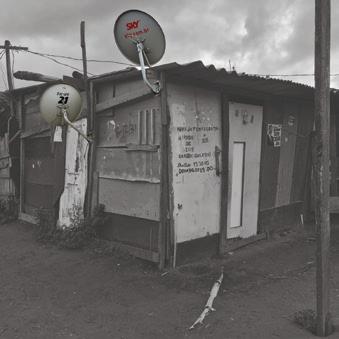
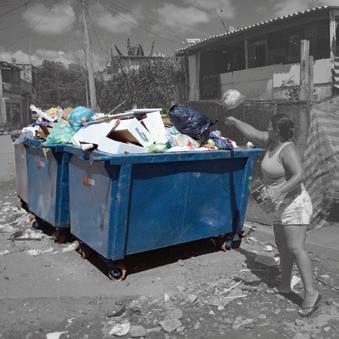
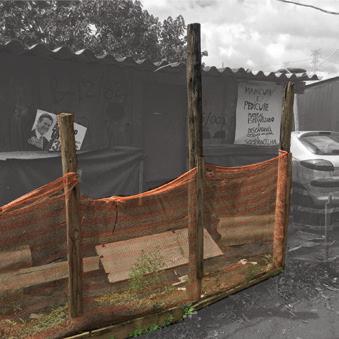
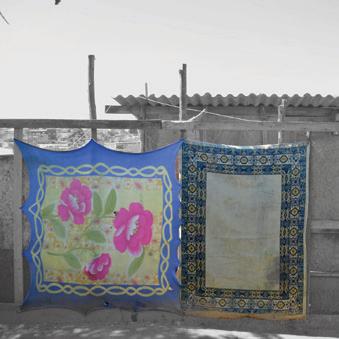
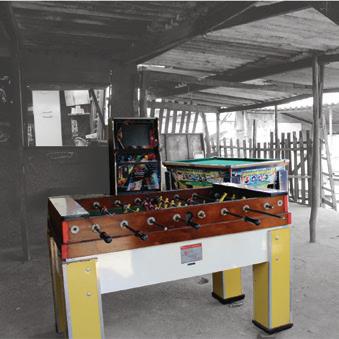
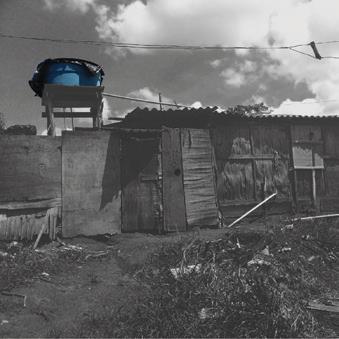
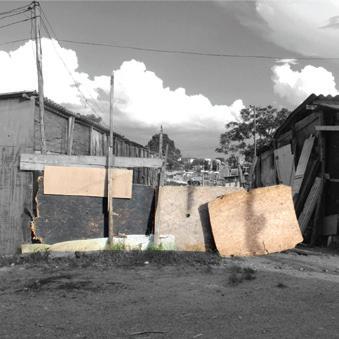
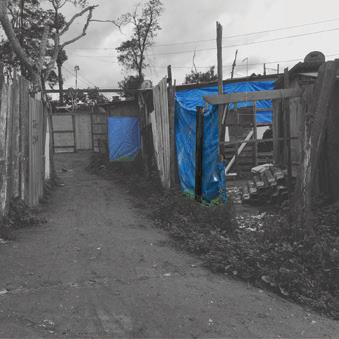
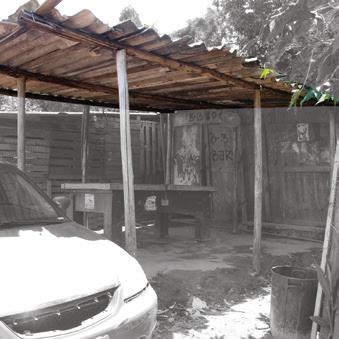
05
HOUSING NETWORK
This chapter discusses housing issues in Ocupação Anchieta and provides recommendations to address them. The housing issues in Ocupação Anchieta are exemplary of the general problems throughout the City of São Paulo. Interestingly, this area also includes a conservation area protecting the main drinking water source for the city. However, the residents of the Occupation are much poorer than those in other upgraded favelas such as Paraisópolis. In terms of housing, all these circumstances make the place unique and require more creative approaches. The Taubman College Team classified the housing issues into four categories, and suggests recommendations with new housing prototypes.






